When it comes to helicopter landing, safety is paramount. As complex machines, helicopters require meticulous handling and precise maneuvers, particularly during takeoff and landing.
The safety of passengers, crew members, and ground personnel must always be the primary consideration when operating a helicopter.
Contents
Any lapse or negligence in safety measures can have devastating consequences. Consequently, it is essential for pilots and ground personnel to be thoroughly familiar with safety protocols and procedures to ensure a safe helicopter landing every time.
Moreover, helicopter operations often involve landing in remote or challenging terrain, which introduces an additional layer of complexity and risk. This underscores the importance of thorough preparation and knowledge of safety measures among all personnel involved.
Furthermore, helicopters are frequently used for high-stakes operations such as medical evacuations, search and rescue missions, and military operations, where the margin for error is minimal.
Therefore, a comprehensive understanding of safety protocols and procedures is crucial for all personnel involved in helicopter landing operations.
Beautiful Helicopter T-shirt

Solid colors: 100% Cotton; Heather Grey: 90% Cotton, 10% Polyester; Dark Heather and Heather Blue: 50% Cotton, 50% Polyester; OR Dark Heather, Heather Blue and All Other Heathers: 65% Polyester, 35% Cotton; Girls’ Heathers: 60% Cotton, 40% Polyester

Solid colors: 100% Cotton; Heather Grey: 90% Cotton, 10% Polyester; Dark Heather and Heather Blue: 50% Cotton, 50% Polyester; OR Dark Heather, Heather Blue and All Other Heathers: 65% Polyester, 35% Cotton; Girls’ Heathers: 60% Cotton, 40% Polyester

Solid colors: 100% Cotton; Heather Grey: 90% Cotton, 10% Polyester; Dark Heather and Heather Blue: 50% Cotton, 50% Polyester; OR Dark Heather, Heather Blue and All Other Heathers: 65% Polyester, 35% Cotton; Girls’ Heathers: 60% Cotton, 40% Polyester
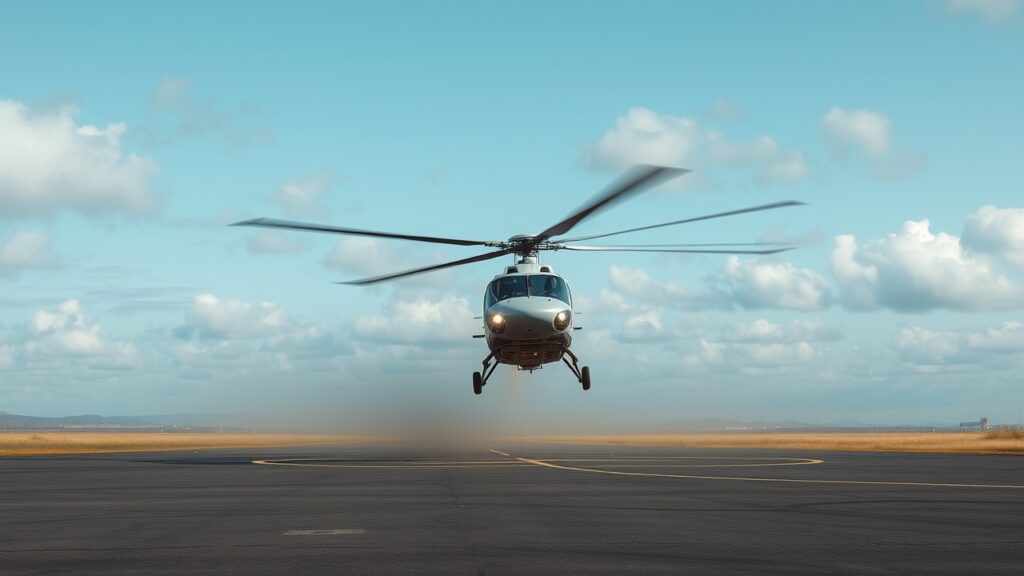
Pre-Flight Safety Checks for Helicopter Landing
Before any helicopter flight, thorough pre-flight safety checks must be conducted to ensure that the aircraft is in optimal condition for landing.
This includes inspecting the helicopter’s mechanical systems, fuel levels, and overall airworthiness.
Pilots and ground crew must also check for any signs of damage or wear and tear that could compromise the safety of the flight.
Additionally, it is crucial to verify that all necessary safety equipment, such as fire extinguishers, first aid kits, and emergency communication devices, are on board and in working order.
Furthermore, pre-flight safety checks should also include a review of the weather conditions and any potential hazards that could affect the landing.
This may involve consulting weather reports, checking for airspace restrictions, and assessing the terrain of the landing zone.
Thorough pre-flight safety checks are essential for ensuring the safety of both the aircraft and its passengers.
By conducting these checks, pilots and ground crew can identify and address any potential safety concerns before they become a problem during the landing process.
This includes inspecting the aircraft’s systems, fuel levels, and overall condition to ensure that everything is in proper working order.
Before takeoff, it is crucial for pilots and ground crew to carefully inspect the aircraft for any potential issues that could pose a safety risk during the landing process.
This thorough check helps to prevent any potential hazards from arising, ultimately ensuring a smooth and safe flight for all passengers and crew on board.
By taking the time to address any issues before takeoff, pilots and ground crew play a vital role in maintaining the safety and security of the flight.
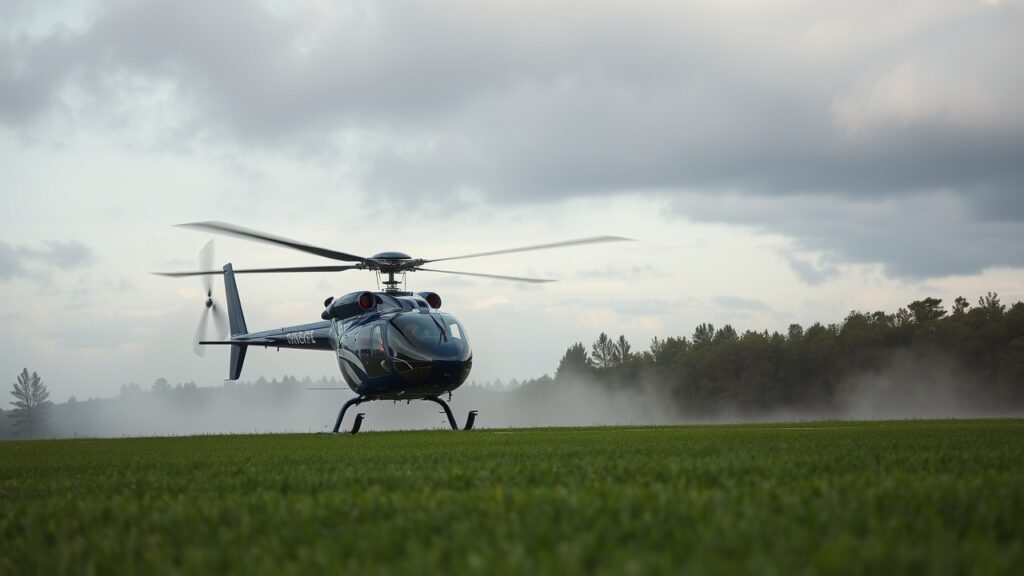
Weather Considerations for Safe Helicopter Landing
Weather plays a critical role in the safety of helicopter landing operations. Adverse weather conditions such as strong winds, low visibility, and precipitation can significantly impact the ability to safely land a helicopter.
Therefore, it is essential for pilots and ground personnel to closely monitor weather forecasts and make informed decisions based on the current conditions.
In some cases, it may be necessary to delay or reroute a flight to avoid hazardous weather conditions.
Additionally, pilots must be prepared to adapt their landing techniques based on the prevailing weather conditions. For example, strong crosswinds may require a different approach to landing than calm conditions.
It is also important for pilots to be aware of potential wind shear or turbulence that could affect the stability of the helicopter during landing.
Pilots can ensure a safe and successful helicopter landing by carefully considering weather conditions and making informed decisions.
By staying updated on weather forecasts and understanding the potential impact of wind, visibility, and other factors, pilots can plan their approach and landing accordingly.
This includes choosing the most suitable landing site and adjusting their approach to account for any potential obstacles or hazards.
By prioritizing safety and being proactive in their decision-making, pilots can minimize risks and ensure a smooth and successful helicopter landing.

Communication and Coordination for Safe Helicopter Landing
Effective communication and coordination are essential for safe helicopter landing operations.
Pilots must maintain clear and constant communication with air traffic control, ground personnel, and any other aircraft in the vicinity to ensure a smooth and safe landing process.
This may involve relaying information about the helicopter’s position, intentions, and any potential hazards or obstacles in the landing zone.
Furthermore, ground personnel play a crucial role in ensuring the safety of helicopter landings.
They must communicate with the pilot to provide accurate information about the landing zone, including any changes in terrain or obstacles that could affect the landing.
Ground personnel should also communicate and collaborate with other team members to verify that all necessary safety precautions are in place prior to the helicopter’s arrival.
This may include checking for any potential hazards, securing the landing area, and ensuring that all necessary equipment and personnel are ready and prepared for the helicopter’s arrival.
Effective coordination among all team members is essential to ensure a safe and smooth operation.
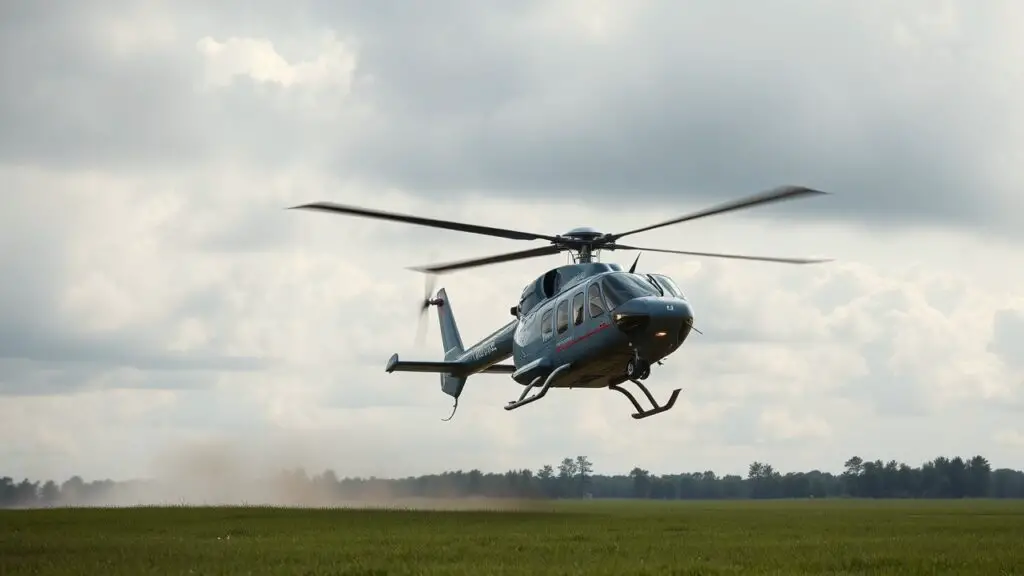
Landing Zone Safety Measures for Helicopter Landing
The safety of the landing zone is paramount for a successful helicopter landing. Ground personnel must ensure that the landing area is clear of any obstacles, debris, or other hazards that could pose a risk to the helicopter during landing.
This may involve conducting a thorough inspection of the landing zone before the helicopter arrives and removing any potential hazards.
In addition to clearing the landing zone, ground personnel should also establish clear boundaries and safety protocols to prevent unauthorized individuals from entering the area during the landing process.
This communication is crucial for ensuring the safety of the helicopter and everyone in the vicinity. Ground personnel play a crucial role in ensuring the safety of aircraft during landing and takeoff.
They may use hand signals or radio communication to convey important information to the pilot, such as the location of power lines, trees, or other obstructions that could pose a danger.
This communication is essential for the pilot to make informed decisions and safely navigate the aircraft on the ground.
By working together with ground personnel, pilots can mitigate potential hazards and ensure a smooth and safe operation.
Clear and effective communication between ground personnel and the pilot is essential for a successful and safe helicopter operation.
This could include informing the pilot about the location of power lines, trees, or other obstructions that could pose a risk during the landing.
By working together with the pilot and implementing these safety measures, ground personnel can play a crucial role in creating a safe and secure environment for helicopter landings.
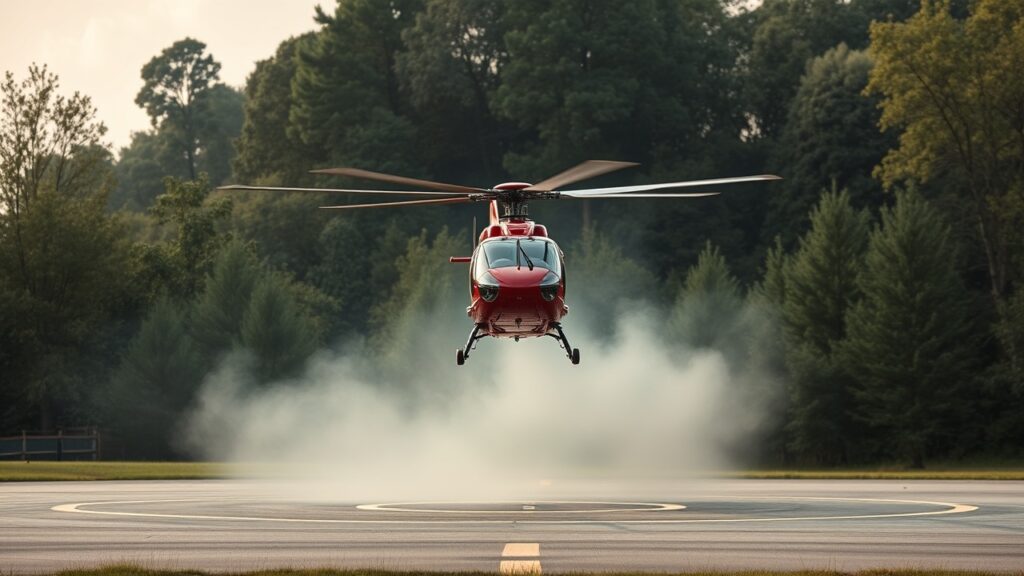
Emergency Procedures and Safety Protocols for Helicopter Landing
Despite thorough planning and preparation, emergencies can still occur during helicopter landings.
Therefore, it is essential for pilots and ground personnel to be well-trained in emergency procedures and safety protocols.
This may include conducting regular drills and simulations to practice responding to various emergency scenarios, such as engine failure or inclement weather.
In addition, it is important for all personnel involved in helicopter landing operations to be well-prepared and knowledgeable about emergency communication protocols.
They should be familiar with the procedures and know how to quickly and effectively relay information in the event of an emergency.
By being well-prepared and knowledgeable about emergency procedures, pilots and ground personnel can mitigate risks and respond effectively to any unforeseen challenges during helicopter landings.
This level of preparedness is crucial for ensuring the safety of everyone involved in the operation.
It allows for quick and effective responses to any unexpected events or emergencies that may arise, minimizing the risk of injury or harm.
By being well-prepared, all individuals can feel confident and secure in their roles, knowing that measures are in place to address any potential hazards.
This level of readiness also promotes a smooth and efficient operation, as everyone is aware of their responsibilities and how to handle various situations.
Overall, this preparedness is essential for creating a safe and secure environment for all involved.

Conclusion
Proper training and education are fundamental for ensuring safe helicopter landing practices. Pilots must undergo rigorous training to obtain their licenses and certifications, which includes learning about safety protocols, emergency procedures, and proper landing techniques.
Additionally, ongoing education and recurrent training are essential for pilots to stay current with best practices and industry standards.
Furthermore, ground personnel who are involved in helicopter landing operations should also receive comprehensive training on safety protocols and procedures.
This may include learning about aircraft handling, communication techniques, and emergency response protocols.
By investing in training and education for all personnel involved in helicopter landing operations, organizations can ensure that everyone is well-prepared to prioritize safety at all times.
In conclusion, safety is paramount when it comes to helicopter landing operations. Pilots and ground personnel must be well-versed in safety protocols and procedures to ensure a safe landing every time.
Thorough pre-flight safety checks, consideration of weather conditions, effective communication and coordination, establishment of landing zone safety measures, knowledge of emergency procedures, and ongoing training and education are all essential components of safe helicopter landing practices.
By prioritizing safety at every stage of the landing process, pilots and ground personnel can mitigate risks and ensure successful helicopter landings in any situation.

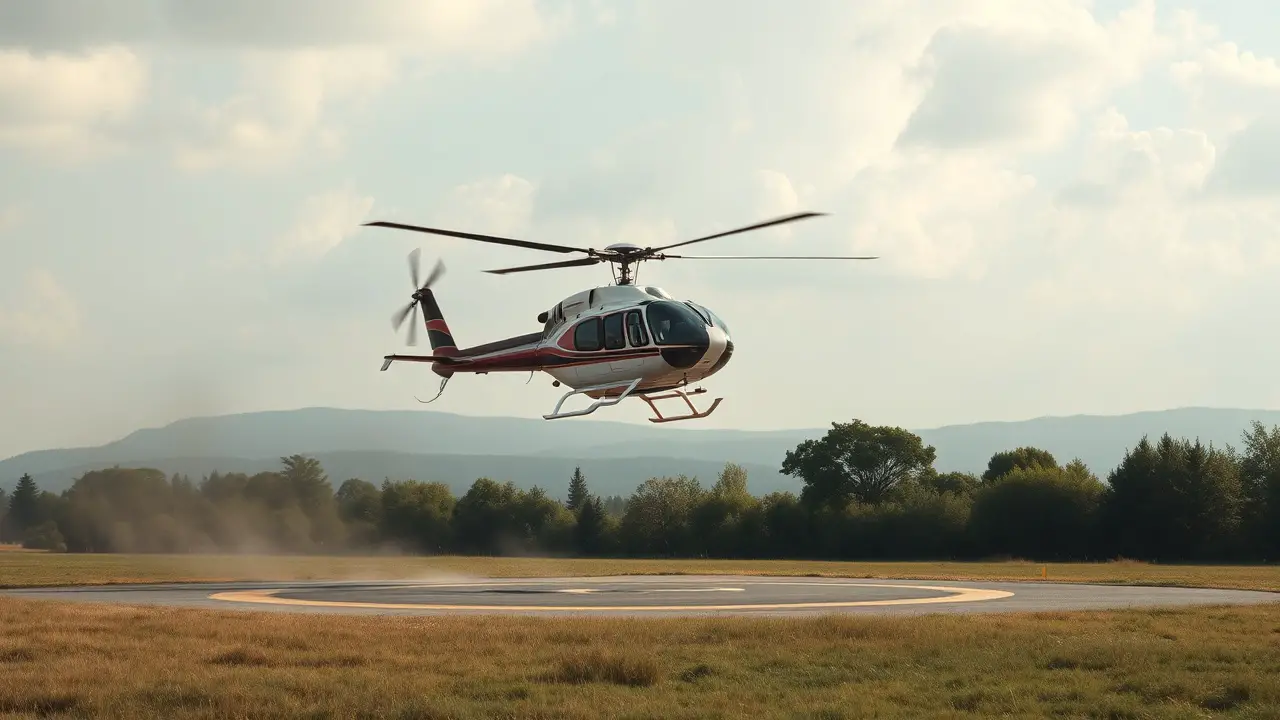
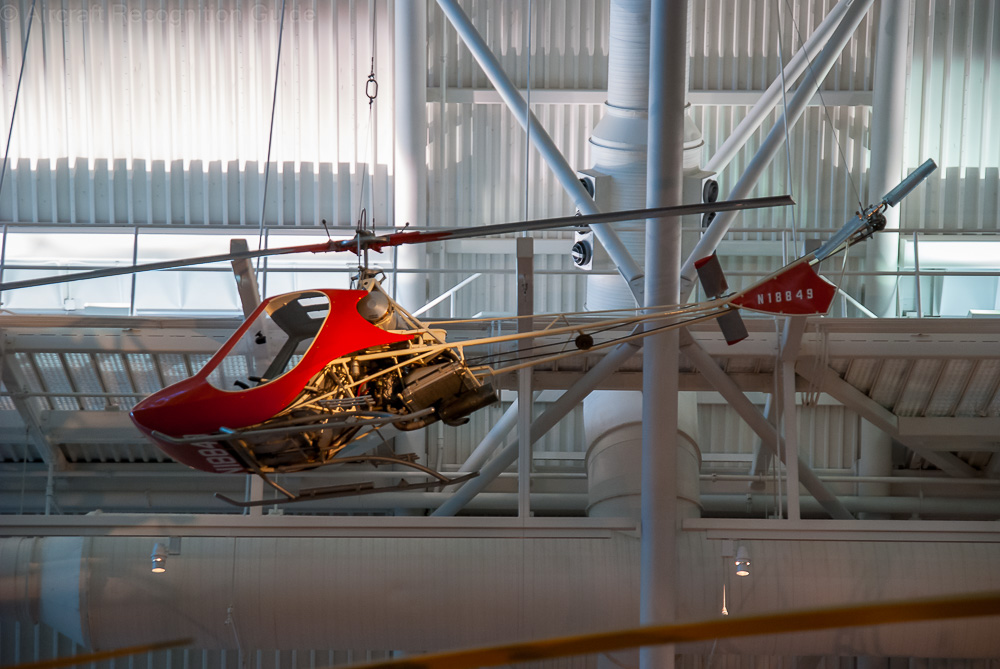


Leave a Reply